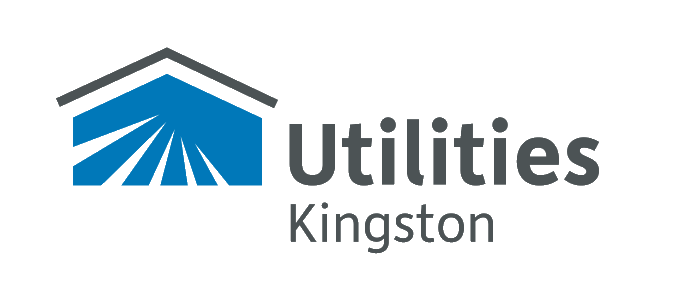2017 Achievements
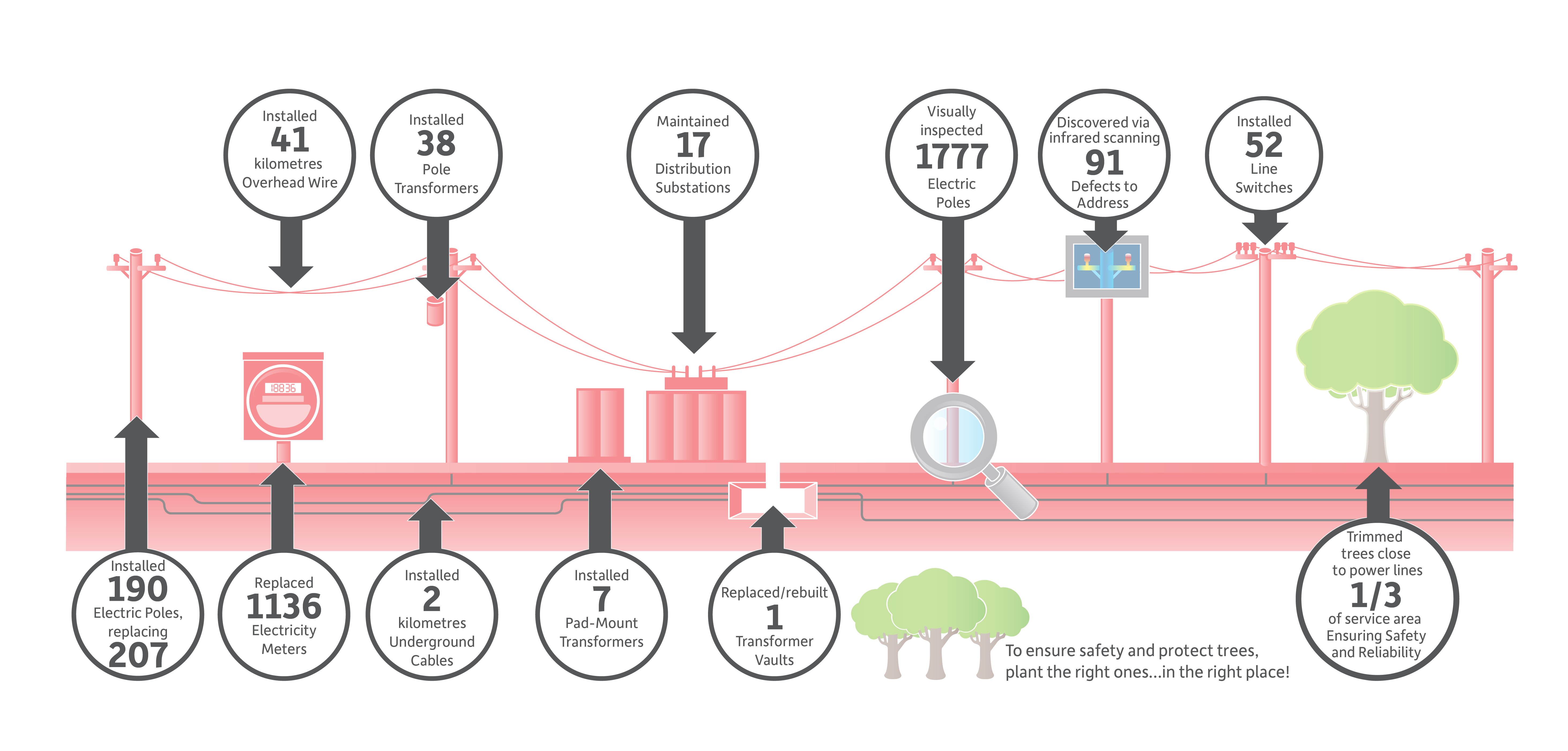 Click to enlarge
Click to enlarge
What's the context?
We've provided data on our achievements in 2017. If you're looking for additional context on how much overall infrastructure we maintain, check out our overview infographics.
Our activities to operate, maintain and upgrade electricity distribution equipment help ensure power reliability for our customers.
Preventative maintenance helps identify and address problems before they occur.
Visual Inspection
We service a total of 5,150 electric poles. Of these, we visually inspected 1,777 poles and related equipment, west of Sir John A. Macdonald Boulevard. Inspection results are assessed and used to help prioritize capital works.
Infrared Detection
Infrared scanning to proactively detect faulting electrical equipment was again performed on the entire 44 kV overhead sub-transmission network, one-third of the 5 kV overhead distribution network, 31 transformer vaults and at all 17 substations.
This preventative program has proven to be an efficient method to address problems before equipment fails and leads to unplanned outages.
A total of 91 defects were identified in 2017. The findings assist with prioritizing operation and maintenance works.
Meter Replacement
Reliable metering equipment plays a critical part in ensuring our customers continue to receive accurate bills. In accordance with the Electricity and Gas Inspection Act and Measurement Canada guidelines, every year we test a number of electricity meters in order to verify accuracy and that the meters conform to legal requirements.
Meters are selected randomly. The process involves removing the meter and installing a new one, and then sending the meter to an Industry Canada accredited testing facility.
In 2017, as part of this activity, Utilities Kingston replaced 1,136 electricity meters.
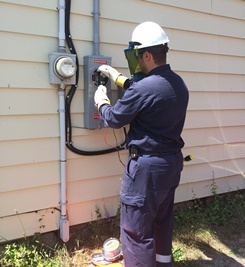
Substation Upgrades
Work continued on Municipal Substation No. 1 (MS1), located on lower Queen Street, as we progressed towards our multi-year upgrades to Kingston's oldest substation.
Brick repointing and replacement of a key support column for the building was completed. As shown in the photo below, crews installed six new solid state relays, replacing electro-mechanical ones that had been in operation for over 65 years. Similar replacement of three relays was completed at MS4 on Hillendale Avenue.
Kingston Hydro's 17 substations serve a critical function in the distribution system. In recognition of this, staff prioritize a significant amount of substation work, including equipment testing and maintenance, equipment rebuilds and repairs, and infrared scanning to detect developing trouble spots.
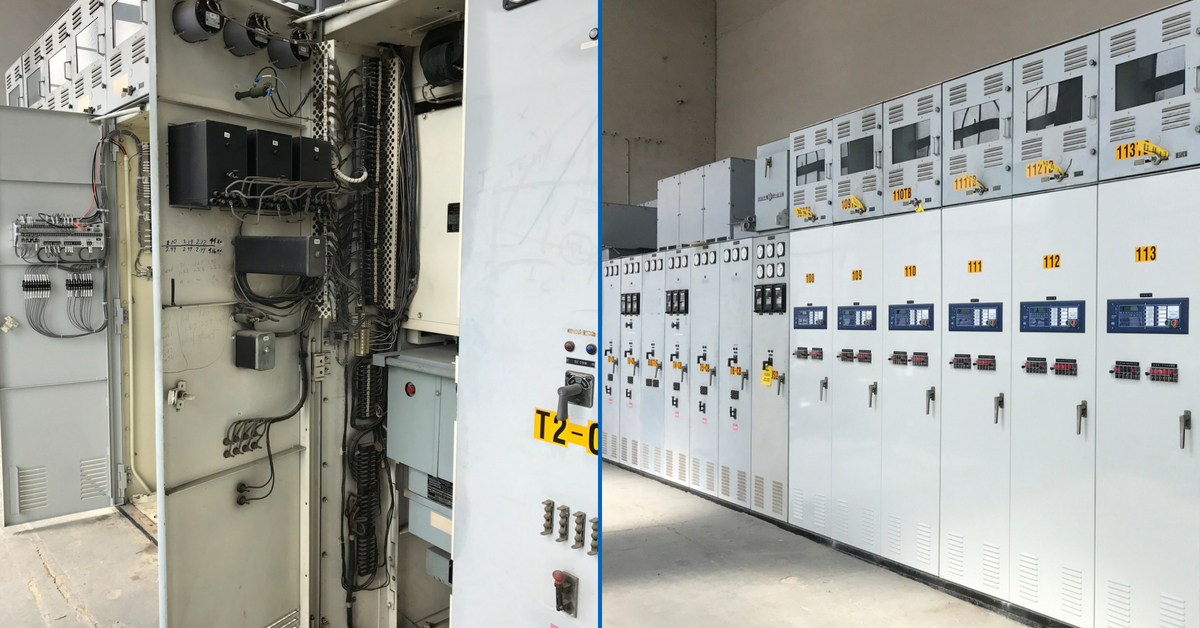
Regulation and Legislation
Like all other local distribution companies, Kingston Hydro is required by law to keep up-to-date with code requirements established by the Ontario Energy Board (OEB), the regulator of Ontario’s electricity distribution industry.
Adhering to these requirements helps ensure the safety and reliability of electricity infrastructure.
High Scores on Performance Targets
In 2017, Kingston Hydro’s 2016 performance received high scores via the Ontario Energy Board (OEB) – the fourth year the energy regulator has issued a scorecard. The scorecard confirms that Kingston Hydro continues to perform strongly against provincial targets. Download the Kingston Hydro Scorecard, for the year 2016 .
Audits
Each year, a mandated audit is conducted to assess our compliance with the main aspects of Ontario Electrical Distribution Safety Regulation 22/04. This third-party audit ensures that work being conducted by Utilities Kingston for Kingston Hydro is in accordance with construction and safety standards established through this regulation.
The 2017 audit determined that the company was in complete compliance with the relevant sections of the regulation. The auditor expressed appreciation for the high degree of professionalism exhibited by our staff.
Is Tree Trimming Coming to Your Neighbourhood?
To reduce outages that can occur from weather events, ensure worker and public health and safety, and to meet regulatory requirements, we trim the trees in the entire distribution area over a three-year period.
To help reduce disruption to our customers, we now offer a map on our website, explaining when to expect tree trimming in a given month.
Trees are important to the beauty, comfort, health and safety of our community. For example, they play a role in providing quality tap water by slowing storm water and reducing run-off pollution that otherwise ends up in Lake Ontario, Kingston’s source of drinking water.
Utilities Kingston aims to reduce the environmental impact of delivering utility services. When the right tree is planted in the right place, it helps to ensure the safety and reliability of gas, water, wastewater and electricity infrastructure, while protecting the trees themselves. For every municipally-owned tree removed under this program, we fund its replacement with three trees.
Power Outages
Providing reliable electricity services to customers is important to us. When the power goes out unexpectedly, we work to restore power as safely and efficiently as possible.
Causes of Unplanned Power Outages
There were 55 unplanned outages in 2017, slightly up from 50 the year before, but well below the 10-year average of 83.
- Twenty-five of these outages (or 45 per cent) were due to defective equipment, leading to over 8,000 customer hours of interruption.
- Perfectly aligned with the Pareto principle, 80 per cent of the total customer hours of interruption (TCHI) due to defective equipment was the result of only five incidents.
Failing equipment continues to be the leading factor in forced outages and emphasizes the importance of continued investments in capital upgrades and targeted preventive maintenance activities.
To ensure the safety of Utilities Kingston crews working on hydro distribution assets, customer outages may be scheduled to de-energize portions of the system. In 2017, the number of scheduled outages increased to 98, which is 20 per cent higher than the previous year. However, the total customer hours of interruption increased by only one per cent.
This increase in outages without a corresponding increase in TCHI can, in part, be attributed to staff arranging to have two outages of shorter duration rather than one longer outage. Dependent on the nature of the work involved, staff aim to accommodate this, knowing our customers often prefer it.
Not typical when compared with prior years, foreign interference was the second leading cause of emergency outages for the year. Nine of the ten incidents were the result of vehicle accidents, accounting for 99.9 per cent of the more than 6,000 hours of TCHI in this category.
Tree contacts accounted for 16 per cent of the forced outages and also resulted in 16 per cent of the TCHI. Due to our robust tree-trimming program, none of the outages were caused by branches making contact or falling onto the wires. Rather, all were from an entire tree coming down onto the lines due to extreme weather conditions. This points to the continued value that our tree-trimming program has in preventing unplanned customer power outages.
